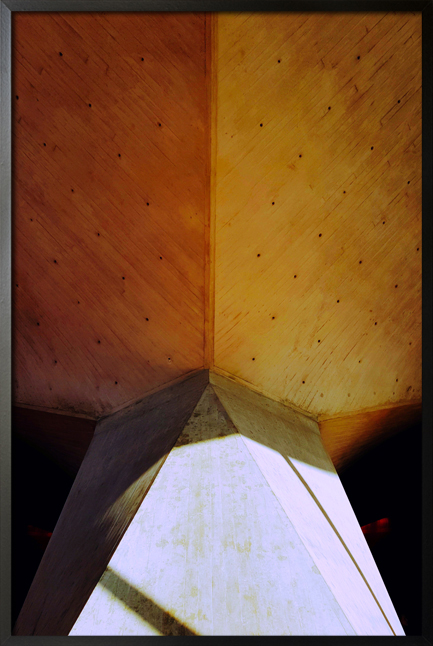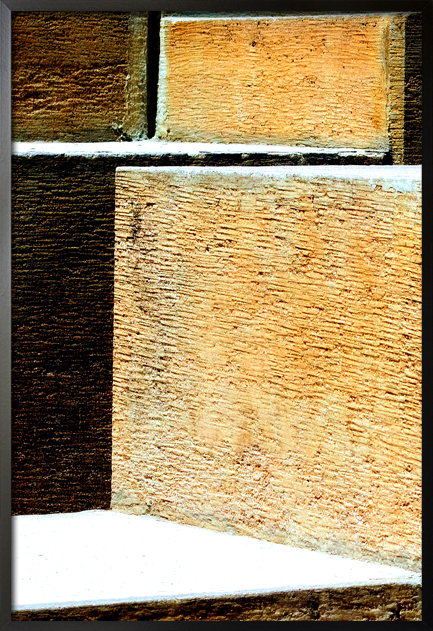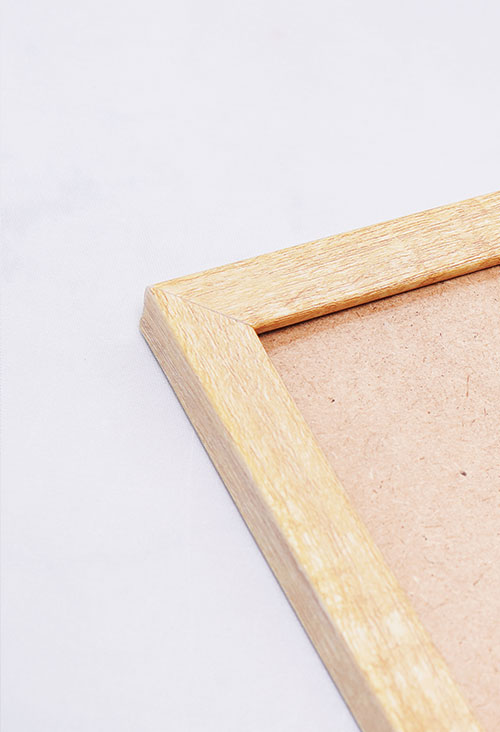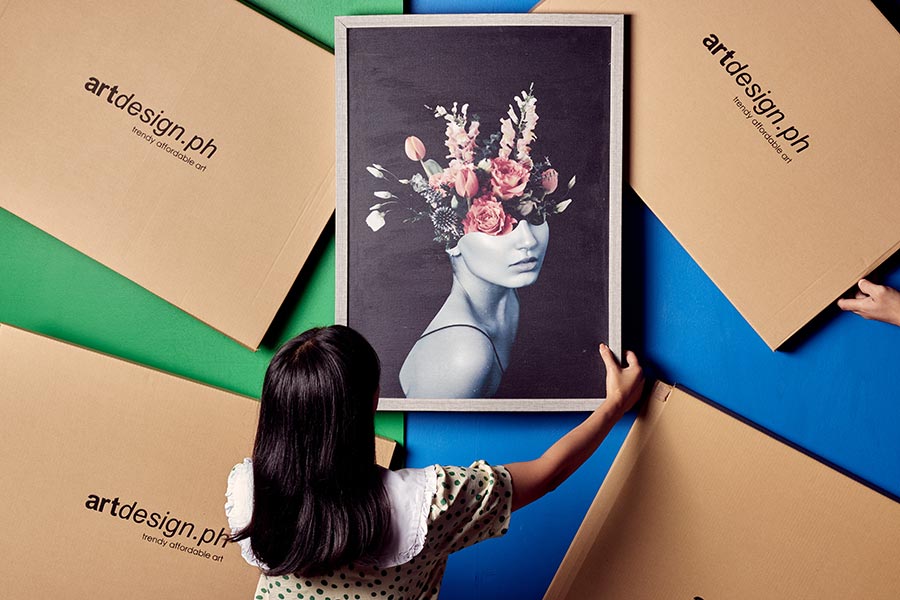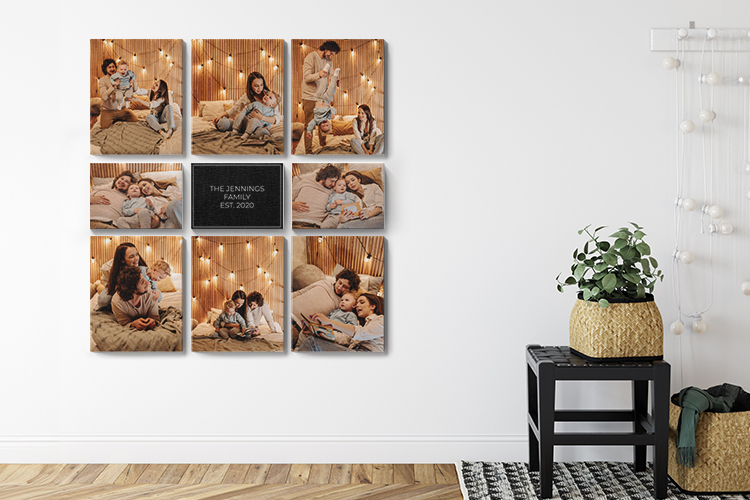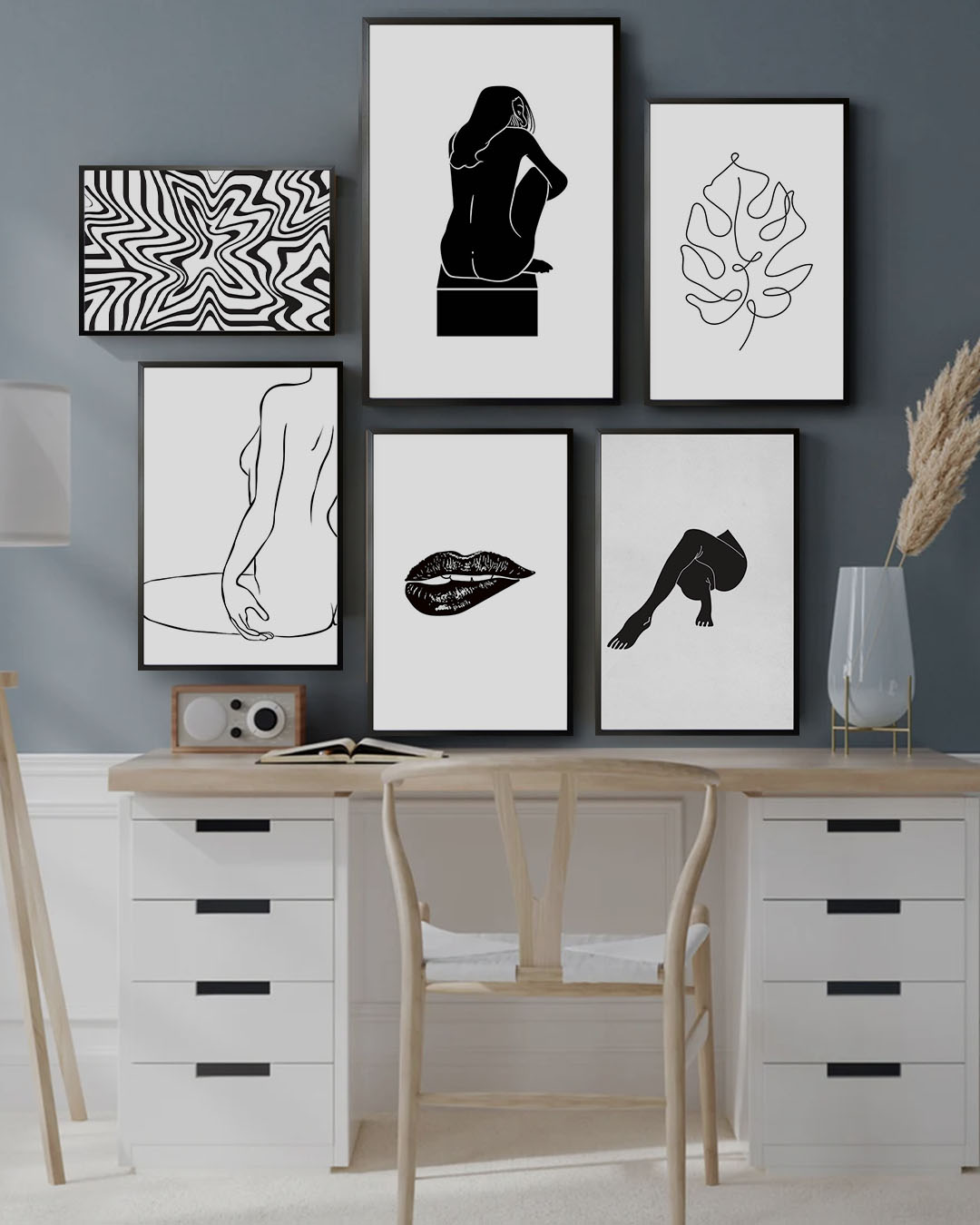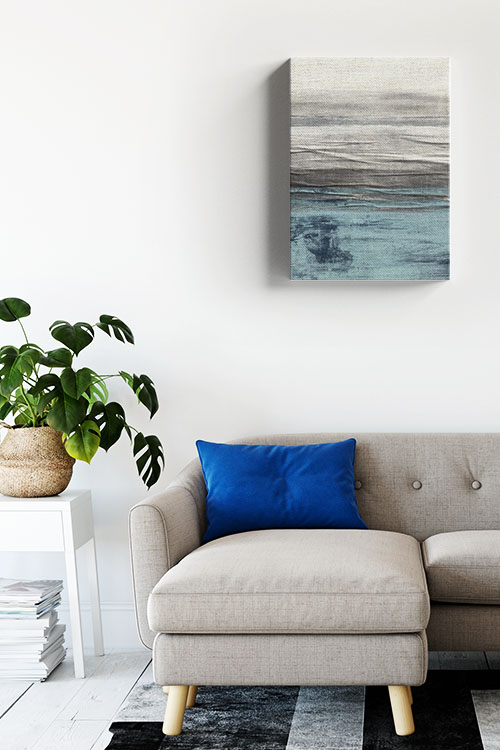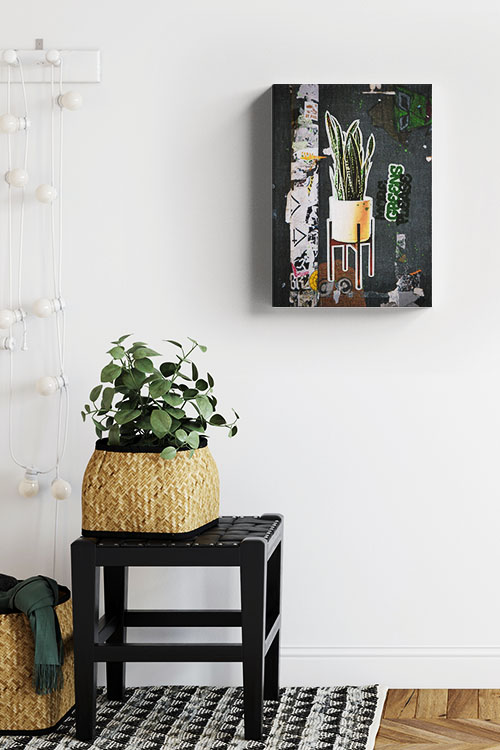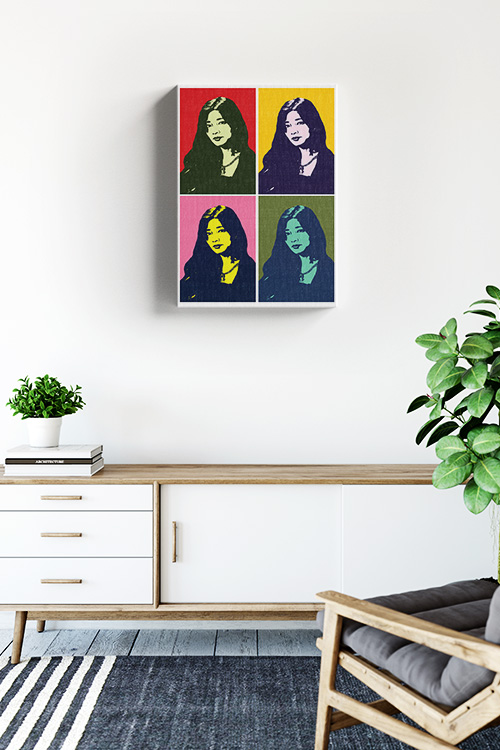
Your home is more than just four walls. It’s a reflection of who you are. Designing a space that embodies your personality makes your home feel authentic, welcoming, and uniquely yours. Instead of simply following trends, focus on creating an environment that tells your story and makes you feel at ease. Here are some thoughtful ways to achieve it.
Identify Your Style
Start by considering what resonates with you. Do you gravitate toward modern minimalism, cozy rustic vibes, or eclectic bohemian designs? Look at your wardrobe, favorite colors, or even places you love to visit for inspiration. Your style should guide your choices in furniture, decor, and finishes.
Play with Color
Color has a powerful way of expressing personality. Bold, vibrant hues suggest energy and creativity, while soft neutrals give off calm and sophistication. Don’t be afraid to mix shades that reflect your mood and character. Even if you prefer a neutral backdrop, you can add pops of personality through pillows, rugs, or art.
Incorporate Personal Items
The most meaningful spaces include elements that tell a story. Display travel souvenirs, family photos, or heirlooms that carry sentimental value. These unique details not only make your space one-of-a-kind but also spark conversations and create emotional connections, making you feel special and valued in your own home.
Blend Function with Personality
Practicality doesn’t have to be boring. Choose furniture and decor that serve your needs while aligning with your style. For example, a vibrant patterned chair can double as a statement piece and a cozy reading nook. Or, a stylish storage ottoman can serve as both a coffee table and a place to keep your favorite books. Functional items can still reflect who you are.
Experiment with Art and Texture
Wall art, sculptures, or even handmade crafts are great ways to showcase individuality. Likewise, layering texture, like mixing wood, metal, fabrics, and natural fibers, adds depth and warmth. These design choices reflect the richness of your personality.
Create Spaces for Your Passions
Think about your hobbies and interests. If you love reading, consider creating a cozy reading space with a comfortable chair, good lighting, and a bookshelf. For music lovers, display instruments as part of your decor, perhaps on a dedicated wall or in a corner. Aligning your space with your passions makes it feel truly yours.
In a Nutshell
Designing a space that reflects your personality isn’t about perfection. It’s about authenticity. By choosing colors, furniture, and decor that align with your style and values, you’ll create a home that feels like an extension of yourself. After all, the best spaces are those that make you feel comfortable, inspired, and truly at home, reassuring you that your efforts are worth it and motivating you to continue your design journey.
